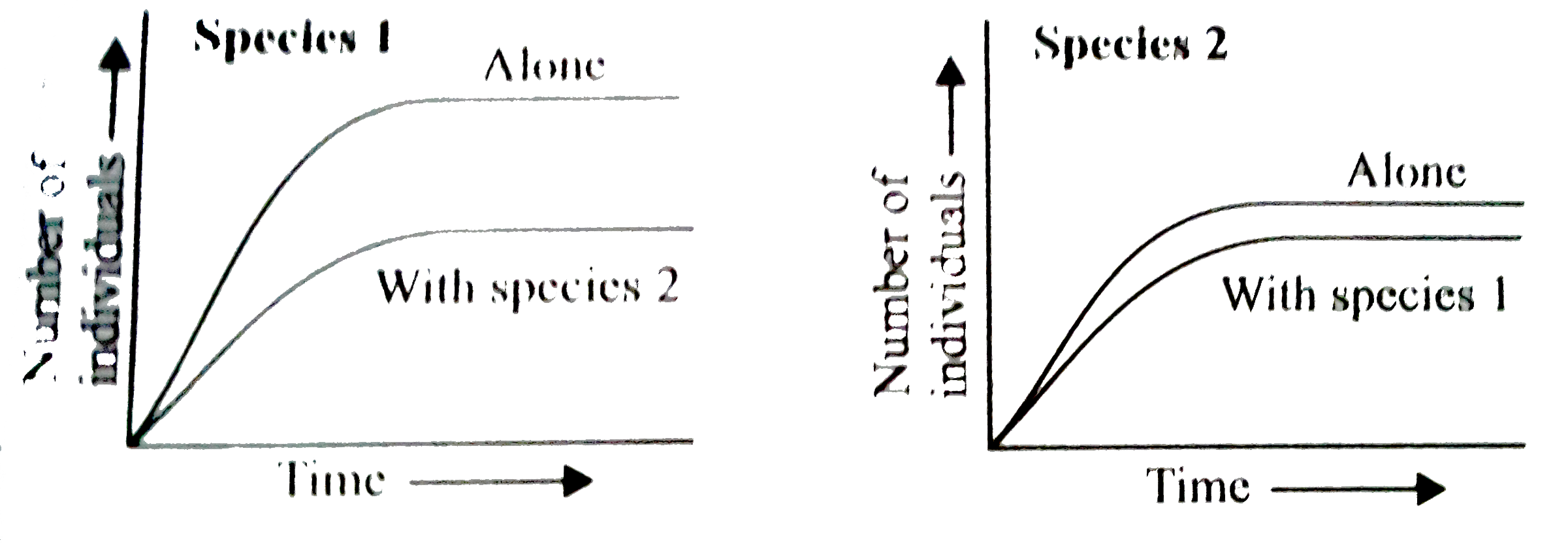Species
Step-by-Step Solution for Understanding Species:
1. Definition of Species:
- A species is defined as a group of organisms that are similar in characteristics and can breed together to produce fertile offspring. This includes both plants and animals.
2. Estimation of Species on Earth:
- It is estimated that there are approximately 1.7 to 1.8 million different species of organisms on Earth.
3. Ernst Mayr's Definition:
- In 1964, the biologist Ernst Mayr provided a more detailed definition of species. He stated that a species is a group of actually or potentially interbreeding populations that are reproductively isolated from other such groups. This means that members of a species can reproduce with one another but not with members of other species.
4. Subspecies:
- Within a species, there can be subgroups known as subspecies. These are populations within a species that have distinct characteristics but can still interbreed with other populations of the same species.
5. Taxonomic Hierarchy:
- Species is the smallest unit in the taxonomic hierarchy. The next level is the genus, which groups together species that are closely related and share a common ancestor.
6. Examples of Species:
- For example, in the genus Equus, which includes horses, zebras, and donkeys, all these species share similar characteristics (like having four legs) but differ in specific traits (like color, size, and behavior).
7. Importance of Species in Biology:
- Understanding species is crucial for biological classification and helps in the study of biodiversity, ecology, and conservation efforts.
- A species is defined as a group of organisms that are similar in characteristics and can breed together to produce fertile offspring. This includes both plants and animals.
- It is estimated that there are approximately 1.7 to 1.8 million different species of organisms on Earth.
- In 1964, the biologist Ernst Mayr provided a more detailed definition of species. He stated that a species is a group of actually or potentially interbreeding populations that are reproductively isolated from other such groups. This means that members of a species can reproduce with one another but not with members of other species.
- Within a species, there can be subgroups known as subspecies. These are populations within a species that have distinct characteristics but can still interbreed with other populations of the same species.
- Species is the smallest unit in the taxonomic hierarchy. The next level is the genus, which groups together species that are closely related and share a common ancestor.
- For example, in the genus Equus, which includes horses, zebras, and donkeys, all these species share similar characteristics (like having four legs) but differ in specific traits (like color, size, and behavior).
- Understanding species is crucial for biological classification and helps in the study of biodiversity, ecology, and conservation efforts.
Similar Questions
Knowledge Check
- Question 1 - Select One
In laboratory experiments, two species of the protist Paramecium (species 1 and 2) were grown alond and in the presence of the other species. The following graphs show growth of species 1 and species 2, both alone and when in mixed culture with the other species.
 Which of the following conclusions can be drawn from the graphs ? ACompetitive exclusion occurred in these experiments.BBoth species are affected by interspecific competition but species 1 is affected less.CBoth species are affected by interspecific competition but species 2 is affected less.DBoth species are affected equally by interspecific competition.
Which of the following conclusions can be drawn from the graphs ? ACompetitive exclusion occurred in these experiments.BBoth species are affected by interspecific competition but species 1 is affected less.CBoth species are affected by interspecific competition but species 2 is affected less.DBoth species are affected equally by interspecific competition.

